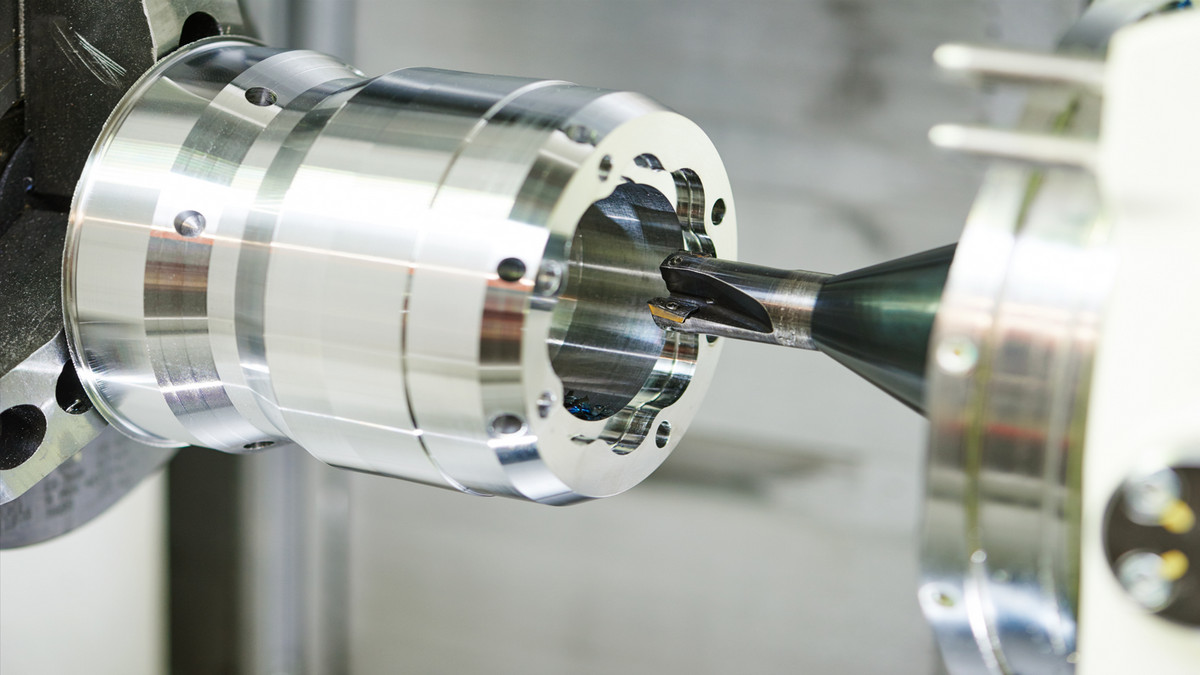A drilling machine is a machine tool primarily used for making a round hole or driving fasteners. A drilling machine is used for the drilling process, and it is also the processing technology often required in manufacturing production.
What Types of Drilling Machines Exist?
A drilling machine (also known as a drilling machine) is an application for cutting holes in or out of metal, wood or other materials. While drilling machine is indispensable equipment for machinery manufacturing and various repair factories. According to the purpose and structure, it is mainly divided into the following categories:
- Portable drilling machine
The portable drilling machines are used to drill small holes and are commonly used in the entire workshop. This type of drill machine is operated by holding in a hand and the workpiece where the hole is to be drilled is held in a vice.
- Sensitive drilling machine
The table and spindle speed and feed mechanism can be moved vertically on the column for machining small and medium-size workpieces. Sensitive drilling machines are available in floor and table type; it can enable the operator to sensitively feel the pressure required for drilling and effectively adjust the applied pressure.
- Upright drilling machine
This type of machine is used for drilling medium and large size holes which are larger in size and stronger compared with the sensitive drilling machine. There are differences between two types of upright drilling machines based on the type of column used including round column and box column.
- Radial drilling machine
The spindle speed and feed mechanism can be moved on the radial arm, the radial arm can be rotated and lifted, and the workpiece will be fixed. It is suitable for processing large, heavy and porous workpieces, and is widely used in machinery manufacturing.
- Gang drilling machine
The gang drilling machine can drill the same or different sizes of holes at the same time or different time due to it has a number of drill heads placed together. So the specialty of this machine tool is that it can drill a huge number of holes all in the same efficient job.
- Multiple spindle machine
This type of machine tool is similar to the gang drilling machine, which can also drill the many holes at one time, but all the holes are in the same workpieces and numbers of similar jobs.
- Deep hole drilling machine
A specialized machine tool that uses for deep hole drillings such as the deep holes of barrels and machine tool spindles. It is generally being a horizontal way to facilitate a large body and it is often with coolant inside.
What Are The Applications of Drilling Machines?
The drilling machine is widely being using in a different industry, including construction, medical equipment, transportation, and electronic equipment. Different kinds of drills are using in particular applications that can construct holes in numerous sizes in various kinds of materials. Furthermore, the capability of the drilling machine can also be different because of the spindle speed, spindle nose, spindle travel and electric motor used in the machine. So, it is extremely important to choose the right and suitable drill press that meet clients' demand to match the industry they are working in.









.png)




